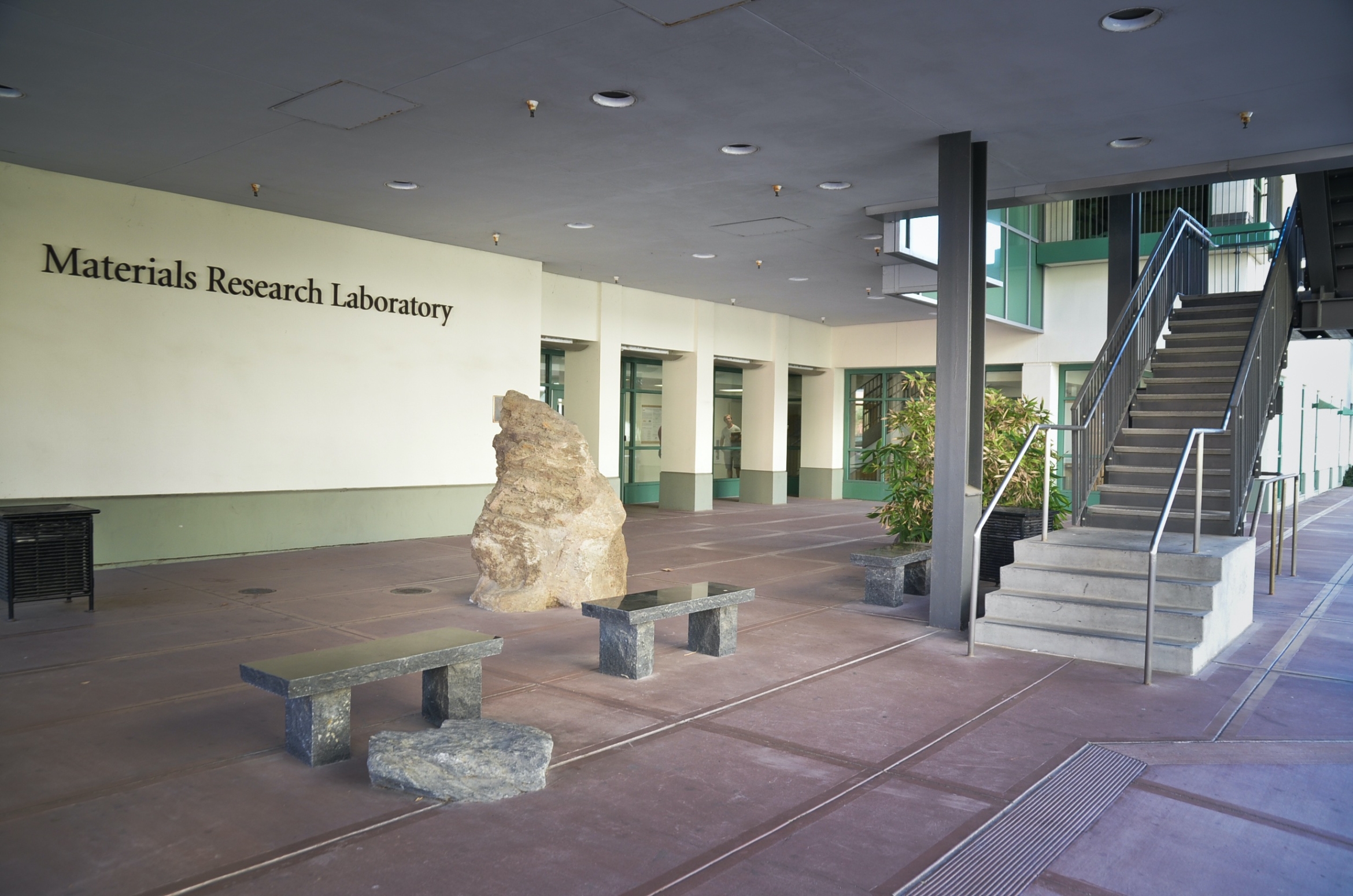
The Materials Research Laboratory receives a six-year, $18 million grant from NSF
In a funding renewal that underscores its status and the significance of its work, UC Santa Barbara’s Materials Research Laboratory (MRL) has received its seventh consecutive major grant from the National Science Foundation (NSF) to operate as an NSF Materials Research Science and Engineering Center (MRSEC). Widely regarded as one of the top five materials research facilities in the world, MRL, which obtained its first MRSEC award in 1994, was one of nine centers selected by the NSF this year to receive $18 million over six years.
“This renewal serves as validation that the choices we have made have been correct,” said Ram Seshadri, UCSB’s Fred and Linda R. Wudl Chair in Materials Science and director of the MRL. “Our focus on collaborative research and shared facilities has contributed to the center’s collective success, in which we take tremendous pride.”
Materials science is an interdisciplinary field in which knowledge from several disciplines, including physics, chemistry, life science and engineering, is incorporated in pursuit of understanding how the properties and structure of materials influence their function and performance. Materials research enables significant advances in electronics, communications, transportation and health-related fields, among many others.
“NSF’s Materials Research Science and Engineering Centers will help us seize new opportunities in semiconductors, biotech, quantum information and more, addressing the needs of our society and advancing critical emerging technologies,” said NSF Director Sethuraman Panchanathan. “They will do so by expanding and enriching the ecosystem of innovation across our country.”
Twenty UCSB scientists and engineers from eight departments will collaborate in this cycle to pursue innovations in synthesis, measurement, theory, computation and data science.
“It’s not about what we’re doing individually as researchers,” said Chris Bates, an associate professor of materials and associate director of the MRL. “It’s about what we can do as a community of researchers who tackle problems together in ways that we wouldn’t normally think about individually.”“The biggest advantage of the MRL is its ability to bring people together,” added Rachel Segalman, a professor of chemical engineering
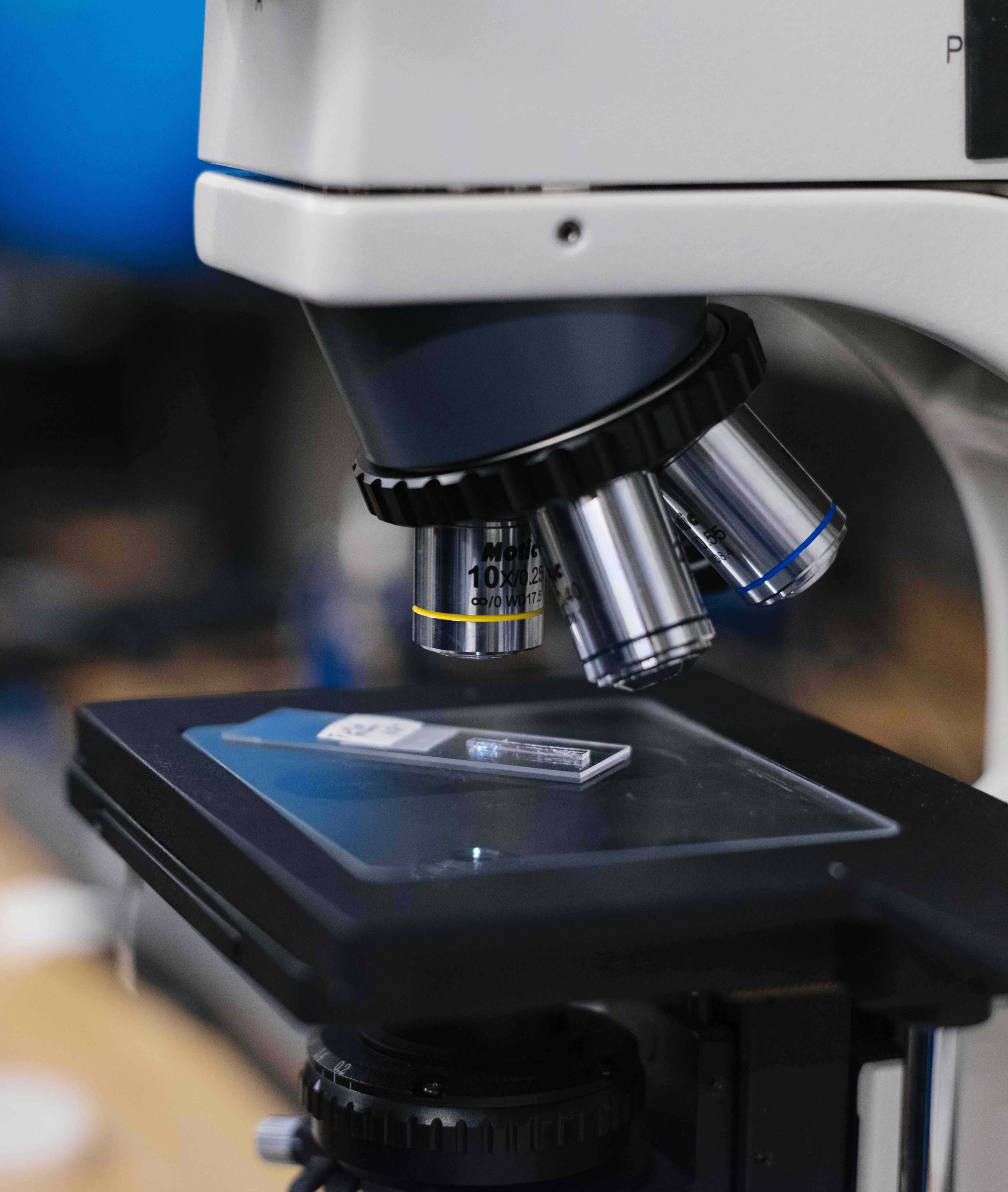
and materials. “Nobody involved with the MRSEC is in it for any other incentive than they want to be in the same room with experts in their fields who are generating novel and exciting ideas as a team. The MRSEC provides that intellectual space.”
Added Seshadri, “I believe that the MRSEC doesn’t just help us in our research, it helps all of us be better researchers.”
This cycle includes nine faculty who are new to the MRSEC, including two data scientists whose expertise in advancing artificial intelligence and machine learning methods will facilitate data-driven discovery across both interdisciplinary research groups (IRGs).
“We love bringing new investigators into the MRL family who take the research in new directions. We want this center to be ever expanding to make the greatest social impact,” said Bates, who added that other faculty will be able to apply for two-year seed grants, funded by the MRSEC, to pursue smaller projects.
Shared Facilities
A key component of the grant is to support and sustain the MRL’s world-class characterization facilities — where materials are synthesized and analyzed — which are accessible not only to everyone at UCSB, but to the local community as well. Seshadri said that more than 100 faculty groups from UCSB and other universities, as well as nearly 60 companies, have used the facilities supported by the MRSEC. Numerous startup companies that have sprung from research carried out at UCSB also rely on these facilities to refine their products and prepare them for market.
Researchers also will benefit from shared resources, specifically, the Center for Scientific Computing, which is run jointly by the MRL and the California NanoSystems Institute CSC drives the development and application of novel computational research techniques by providing a powerful and unified high performance computing infrastructure. The faster computational speeds enable higher throughput and more opportunities to address new research questions posed across campus. In the past year, the center has served nearly 90 faculty members and research groups from a wide variety of departments beyond the College of the Engineering, including anthropology, biomolecular science and engineering, earth sciences, economics, education and linguistics, as well as the Bren School of Environmental Science & Management.
The impact of the state-of-the-art graphics processing unit computer cluster reaches far beyond faculty — it also powers the training of the next generation of scientists and engineers. The shared resource is commonly used by undergraduate and graduate students, as well as by high school and community college students and teachers who participate in MRSEC-supported programs.
The latest renewal establishes two new interdisciplinary research groups to conduct research into electrostatically mediated polymer processing and bioinspired plasticity.
IRG1: Electrostatically Mediated Polymer Processing
Electrostatic interactions are forces between nearby atoms and molecules, where like charges repel each other and opposite charges attract. Much is already known about ions, especially in water and aqueous solutions, which are environments that significantly reduce the attraction and repulsion between ionic charges. However, not as much is known about how and why ions interact in dense polymer systems, where water is not present.
“The interactions in these systems are strong because water is not there to shield the forces between ions,” explained M. Scott Shell, a chemical engineering professor and co-leader of IRG1. “As a result, we believe these kinds of interactions can be used to produce new properties in materials that have yet to be explored. It is a beautifully simple, but potentially powerful and underexplored materials design approach.”
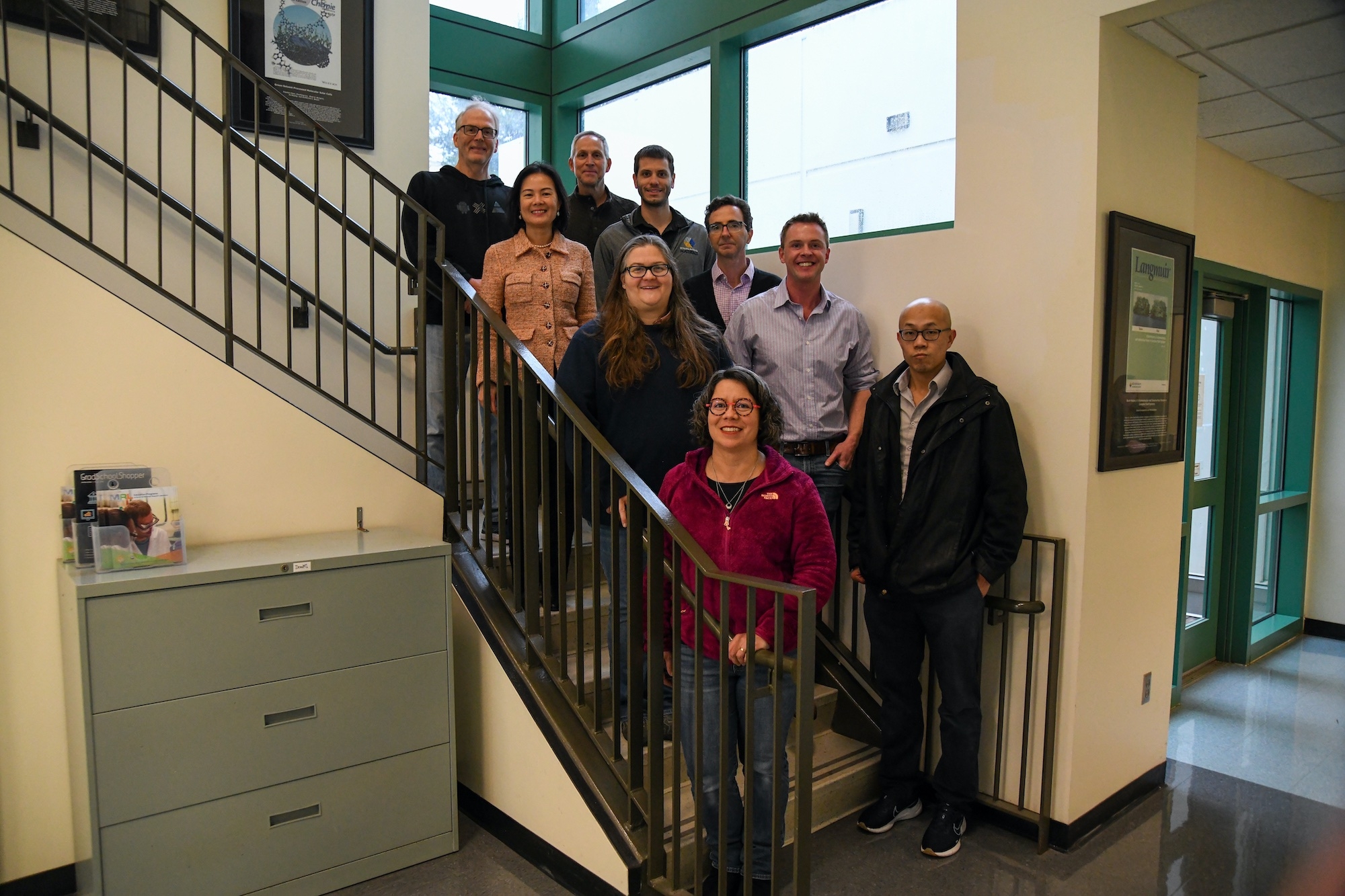
Comprising nine faculty from five departments, IRG1 features researchers whose areas of expertise range from polymer synthesis and design, to electrochemistry, multi-scale modeling, polymer field theory, advanced structural, mechanical and property characterization, and data science. In one project, the team will investigate the ability of electrostatic interactions to solve a major problem associated with plastics, namely the recycling and upcycling of plastic waste. For example, polyethylene and polypropylene, two of the most common types of plastics, are chemically very similar, yet they do not mix.
“You end up with useless properties, and that’s the problem with recycling plastic, you have to separate all of these chemicals from each other,” explained Segalman, co-leader of IRG1, adding that it may be possible to force the polymers to mix by placing a positive ion on one chemistry and a negative one on the other. “We will investigate if this technique can be used to drive the miscibility of commercial plastics for recycling.”
Because there are so many types of ions and polymers, the group will rely on the computational methods of chemical engineering professors Glenn Fredrickson and Shell to determine if a particular ion chemistry or concentration should or should not be explored.“The unique piece that we bring to this MRSEC is that we now have a way to simulate all the way from atomically detailed interactions to the much larger-scale polymer properties of importance by coupling molecular simulations with the polymer-field theories that Glenn Fredrickson has pioneered,” Shell explained.

“This is a unique capability because it overcomes many of the challenges in simulating dense polymer systems with chemically specific interactions.”
The knowledge gained on using electrostatic interactions in polymer systems could result in breakthroughs. Beyond the development of new chemistries and processing for recycling plastic waste, IRG1 will also pursue projects to develop new high-performance polymer ion conductors and design high-performance printable polymeric materials that could be used for 3D electronics and wearable technologies.
IRG 2: Bioinspired Plasticity
Biology has evolved for billions of years, creating unique types of materials having exotic mechanical responses that can be coupled to other functions. IRG2 researchers will seek to learn from biological organisms and how they create such mechanical structures, which are typically hydrogels, or polymers infused with water and connected in a network.

“They’re very smart and responsive materials whose mechanical properties are coupled to their chemical functionality,” materials professor and co-leader of IRG2 Omar Saleh explained. “The basis of IRG2 is to be inspired by biology and create synthetic soft materials that have similar interrelated mechanics and function.”
In the context of materials science, plasticity is commonly linked to the ability of synthetic materials to undergo
significant and irreversible deformations without fracturing or breaking. In biological systems, such as cells and tissues, plasticity often refers to remodeling or reorganization in response to mechanical or environmental cues. One of the team’s research projects aims to create biologically inspired plasticity in soft hydrogels by incorporating molecular-scale mechanically-responsive elements.
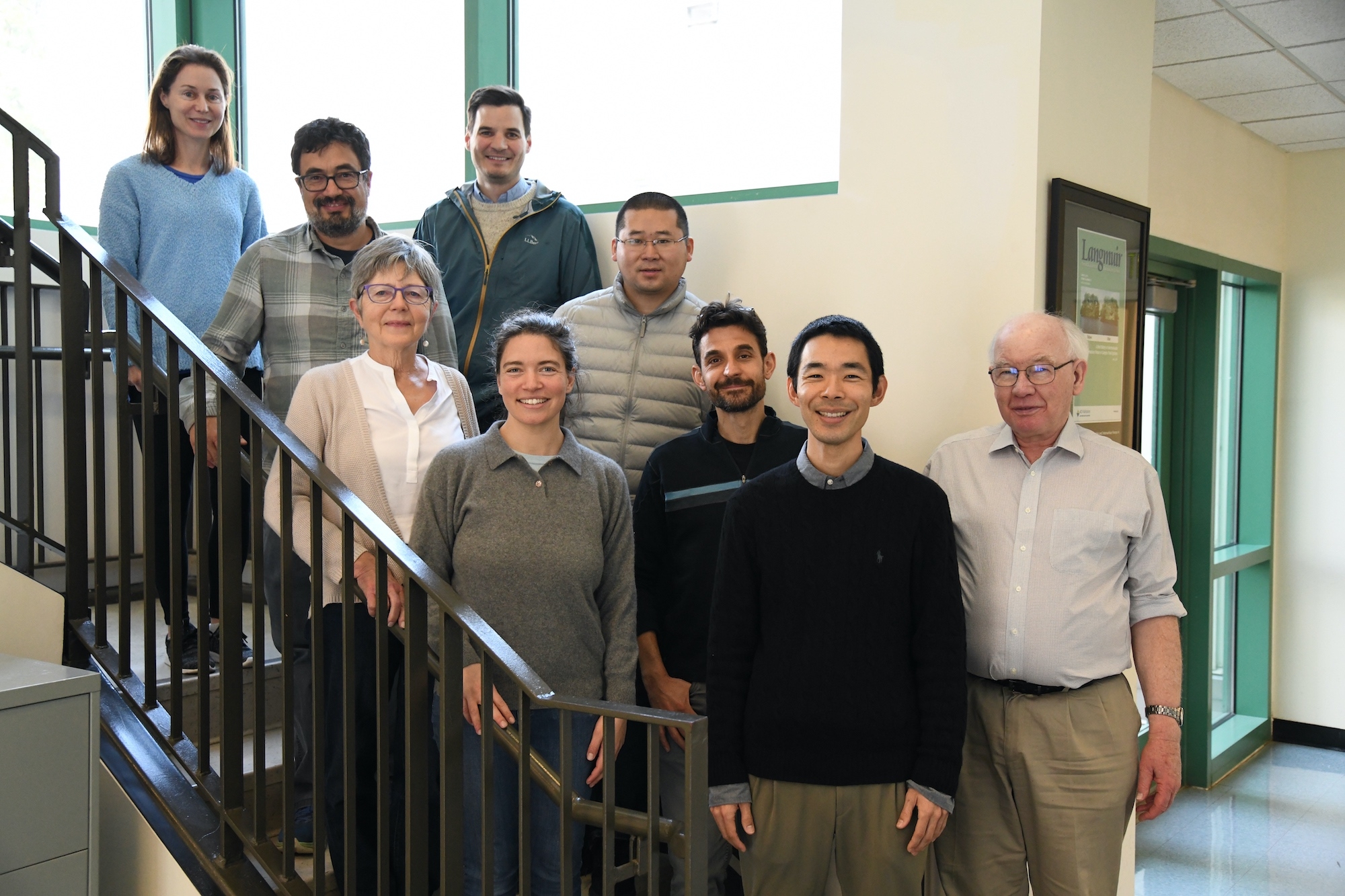
IRG2 includes nine primary faculty members from six departments, including three faculty who are new to the MRSEC. The collaboration includes experts in rheology, biopolymer hydrogel mechanics, macromolecular assembly and mechanics, atomistic simulations, multiscale modeling, fluid dynamics and photochemistry.
“UCSB encourages this type of multidisciplinary project, it’s part of our DNA,” said Angela Pitenis, an assistant professor of materials and co-leader of IRG2. “With so many people from so many different areas of soft matter, we can do things together that no single group can do, and our work could lead to some important findings.”
IRG2 research could result in a stronger fundamental understanding of the structure and mechanics of bio-inspired and composite hydrogel materials, the creation of new characterization tools and instruments, and the development of new interpretive schemes for data-driven models.
Outreach and educational activities
This award also supports a wide variety of outreach activities and educational programs with a history of improving access to science for diverse audiences and increasing public awareness of materials science. Events such as Family Science Night and hands-on workshops reach nearly 4,000 K–12 students annually, more than 60% of whom are underrepresented minorities. Dozens of teachers also participate in MRSEC-funded research opportunities and workshops, building relationships with UCSB researchers and developing their science curricula. The center leverages collaborations with other institutions that benefit undergraduate and graduate students, including the Partnerships for Research and Education in Materials, which provides student exchanges and research opportunities between UCSB and two minority-serving institutions, Jackson State University in Mississippi, and The University of Texas, El Paso; and another student-exchange partnership with Chalmers University of Technology in Sweden.
The MRSEC also supports more than 50 undergraduate interns who conduct research at UCSB each year. A survey of former interns showed that 65% of them went on to attend graduate school, 48% were female, and 39% were underrepresented minorities. Hundreds of graduate students and postdoctoral researchers also participate in the outreach activities, as well as benefiting from travel awards, workshops and internship opportunities facilitated by the MRSEC.
“I received an email the other day from a student who completed a summer program and recently graduated from college. She described the experience as ‘life changing’,” said Dorothy Pak, the MRL’s director of education. “Our programs open doors by introducing participants to research experiences and to our research community. Feeling like a part of a supportive community is extremely important for everybody, especially underrepresented minority students.”
Pak said that the award will allow the MRL to offer more educational opportunities for K–12 students, during which the activities will be centered around soft materials and polymers and the current research pursued by UCSB researchers.
The NSF now supports 20 MRSECs across the country, only four of which are on the west coast.
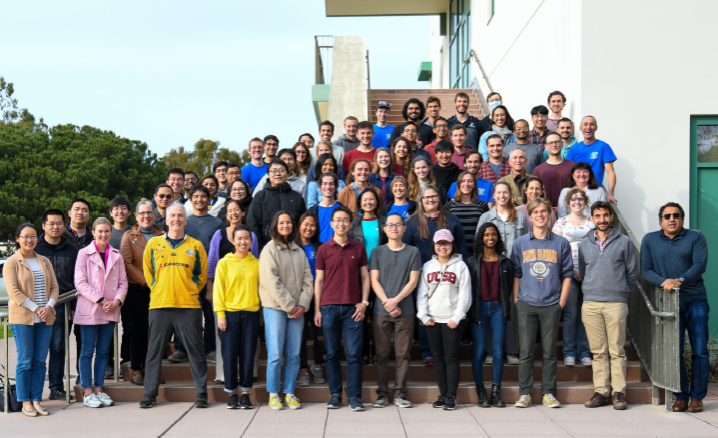
Sonia Fernandez
Senior Science Writer
(805) 893-4765
sonia.fernandez@ucsb.edu



